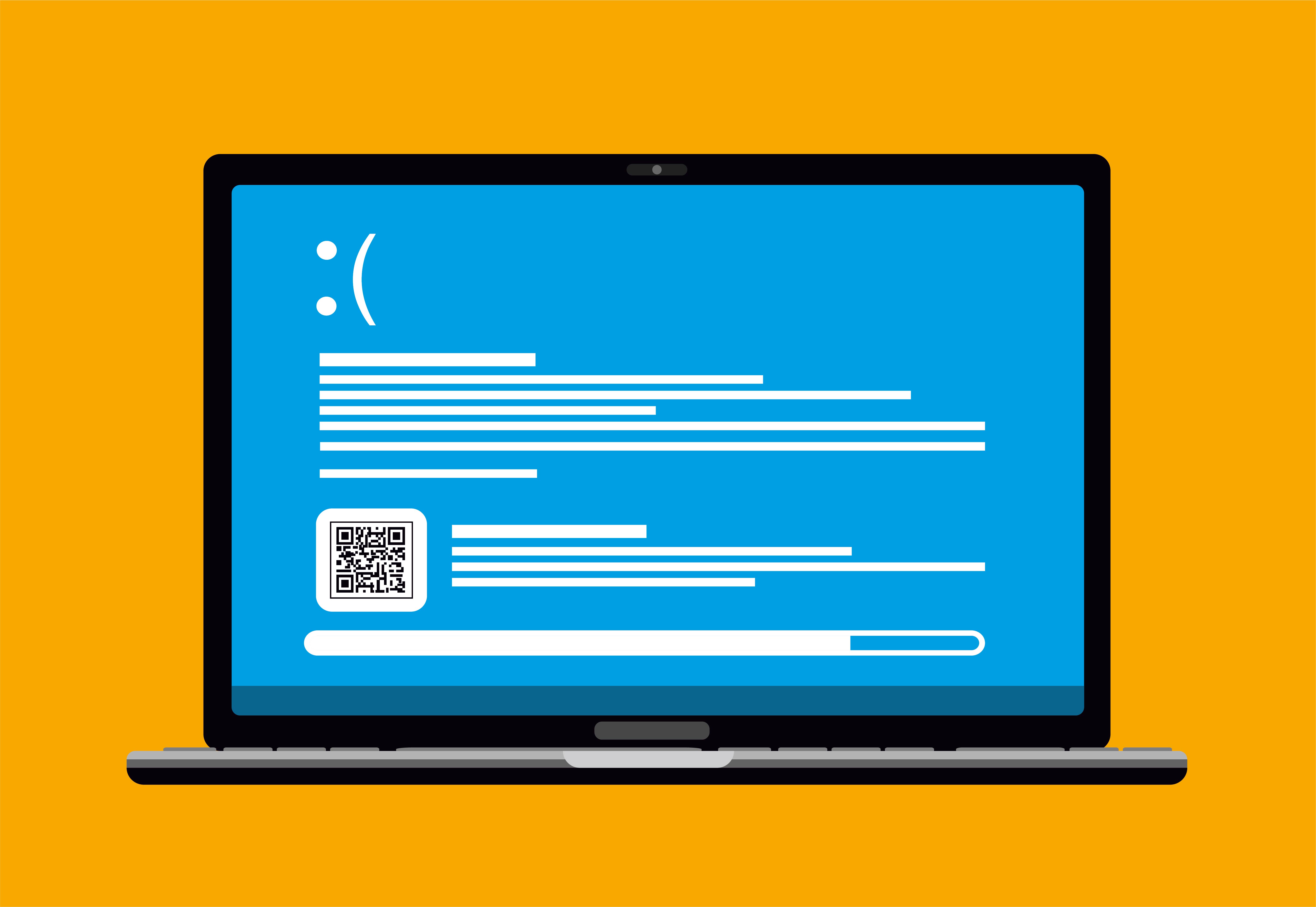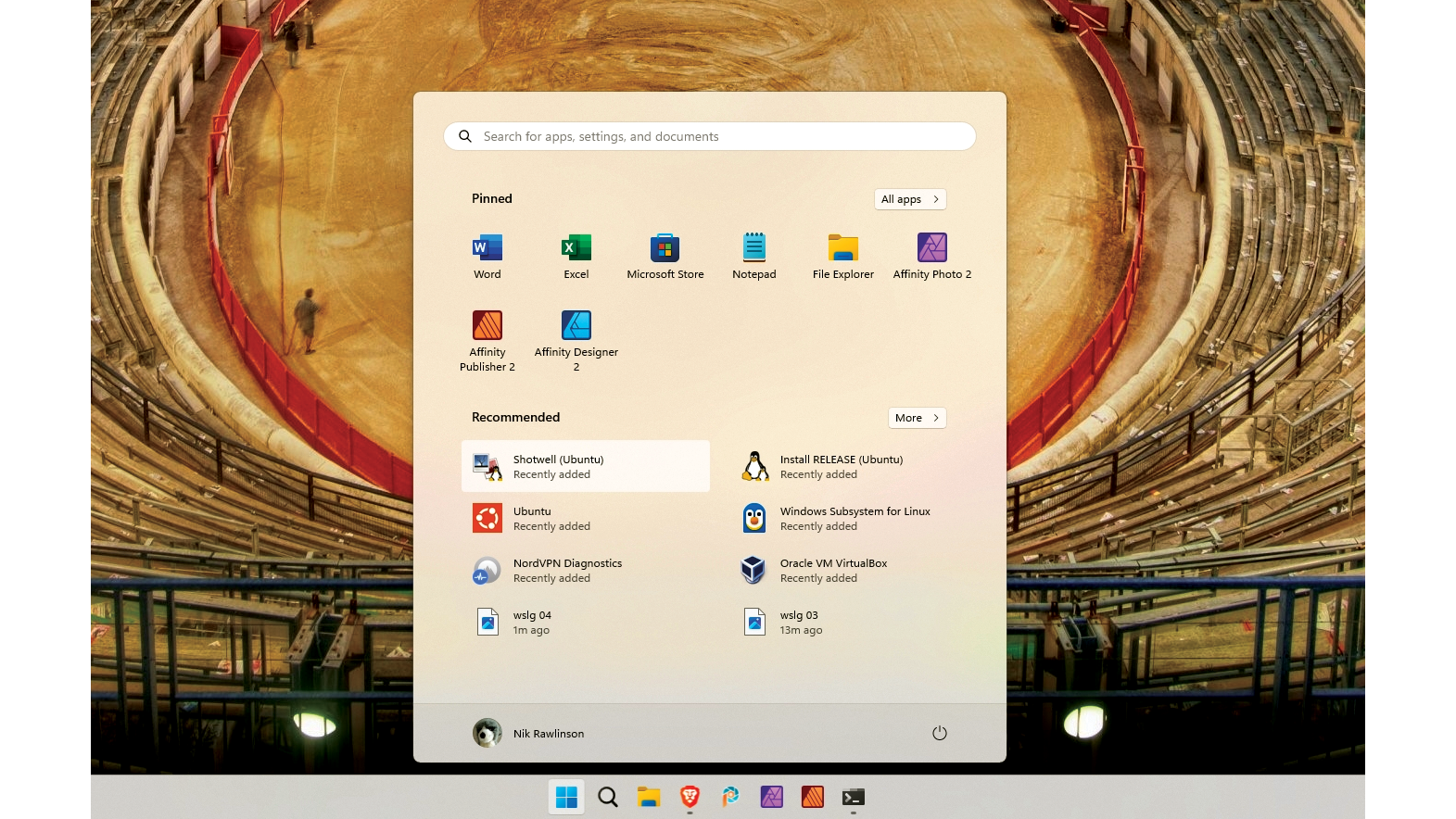Slackware celebrates 30 years in the Linux distribution world
The veteran distribution is remembered fondly by long-time Linux users, despite its decreasing popularity


Slackware, the world’s oldest maintained Linux distribution, has reached the milestone of turning 30 years old.
Slackware’s first release predates the Linux kernel reaching version 1 and was an introduction to the operating system for many IT professionals.
It was created by Patrick Volkerding, with version 1 emerging 30 years ago while the most recent major release, 15, was made available in 2022.
The space between releases has increased over the years. Almost six years passed between version 14.2 and the current release, version 15.0. Well over a year later, and the next release is still pending.
Volkerding said of the lengthy gaps between releases: “Another too-long development cycle is behind us after we bit off more than we could chew and then had to shine it up to a high-gloss finish”.
“Hopefully we've managed to get the tricky parts out of the way so that we'll be able to see a 15.1 incremental update after a far shorter development cycle.”
Users were nostalgic about the distro. One, after recently installing it on a VM for old times’ sake, appeared delighted to note that Slackware’s approach remained unchanged.
Sign up today and you will receive a free copy of our Future Focus 2025 report - the leading guidance on AI, cybersecurity and other IT challenges as per 700+ senior executives
“[It] felt like the old days of UNIX in a good way, just as FreeBSD does too, and which other Linux distros increasingly don't anymore”.
RELATED RESOURCE

The Forrester Wave™: API management solutions
Check out the 15 providers that matter the most and how they stack up.
They went on to say that despite the feeling of nostalgia that Slackware brings, there are more modern distros, such as Debian, that serve every purpose better than Slackware itself.
The announcement of the milestone was made in a changelog published on Sunday by Volkerding, thanking all of the project’s “dedicated contributors, loyal users, and those who have helped us to keep the lights on here”.
“It's really been a remarkable journey that I couldn't have anticipated starting out back in 1993.”
What is Slackware?
The project’s aim is to be the most “UNIX-like” Linux distribution and is highly simplistic in its approach.
There is no graphical installer available for Slackware; users are faced with a command-line interface following set-up but do have the option of installing a graphical desktop if desired.
The distribution has been referred to as “old school” Linux, which is not intended as a criticism. Rather, it is software that aims to promote a wide range of user-configuration options.
According to Slackware: “We have always considered simplicity and stability paramount”.
However, while “ease of use” is also a priority, Slackware’s approach to purity may dissuade less-experienced users.
Despite its longevity, Slackware remains relatively popular. That popularity has, however, slipped over the decades, according to Linux information website Distrowatch.
According to the site’s figures, Slackware’s popularity peaked in 2002, when it ranked 7th, but in the last 12 months it has dropped to 33 in the page hit rankings.
Since the operating system itself does not send telemetry back to headquarters - although some of the packages might - calculating the actual usage of the core product is impossible.
However, the approach taken by Distrowatch of measuring interest by counting page visits is a useful indicator of interest.

Richard Speed is an expert in databases, DevOps and IT regulations and governance. He was previously a Staff Writer for ITPro, CloudPro and ChannelPro, before going freelance. He first joined Future in 2023 having worked as a reporter for The Register. He has also attended numerous domestic and international events, including Microsoft's Build and Ignite conferences and both US and EU KubeCons.
Prior to joining The Register, he spent a number of years working in IT in the pharmaceutical and financial sectors.
-
 Gender diversity improvements could be the key to tackling the UK's AI skills shortage
Gender diversity improvements could be the key to tackling the UK's AI skills shortageNews Encouraging more women to pursue tech careers could plug huge gaps in the AI workforce
-
 Researchers claim Salt Typhoon masterminds learned their trade at Cisco Network Academy
Researchers claim Salt Typhoon masterminds learned their trade at Cisco Network AcademyNews The Salt Typhoon hacker group has targeted telecoms operators and US National Guard networks in recent years
-
 Best server distros
Best server distrosBest We've evaluated the best server distros around to help you and your business make the best choice for your OS
-
 "We got lucky": What the XZ Utils backdoor says about the strength and insecurities of open source
"We got lucky": What the XZ Utils backdoor says about the strength and insecurities of open sourceAnalysis The XZ Utils backdoor could’ve caused serious problems for Linux, but luckily a developer spotted the malicious code and prevented disaster
-
 Linux just hit an all-time high share of the global desktop market — and surging popularity in India is driving uptake of the open source operating system
Linux just hit an all-time high share of the global desktop market — and surging popularity in India is driving uptake of the open source operating systemNews Linux is still dwarfed by operating systems such as Windows, but it’s making modest gains off the back of growing popularity in emerging markets
-
 Windows is getting its own Sudo command, just like Linux - here’s what you need to know and how you can use it
Windows is getting its own Sudo command, just like Linux - here’s what you need to know and how you can use itNews The Sudo for Windows command feature might make life a little easier for administrators - so long as they are aware of the potential security risks
-
 Linux Blue Screen of Death gives users a taste of the dreaded Windows feature
Linux Blue Screen of Death gives users a taste of the dreaded Windows featureNews The Linux Blue Screen of Death has been added in a recent update
-
 Five things to consider when switching to Linux Mint
Five things to consider when switching to Linux MintIn-depth A guide to what you'll need to think about if you switch your old laptops to Linux Mint
-
 How to run graphical Linux applications in Windows
How to run graphical Linux applications in WindowsIn-depth Why limit yourself to one software library? ITPro finds out how to run Linux software natively on Windows
-
 AlmaLinux follows Oracle in ditching RHEL compatibility
AlmaLinux follows Oracle in ditching RHEL compatibilityNews Application binary compatibility is now the aim with 1:1 now dropped